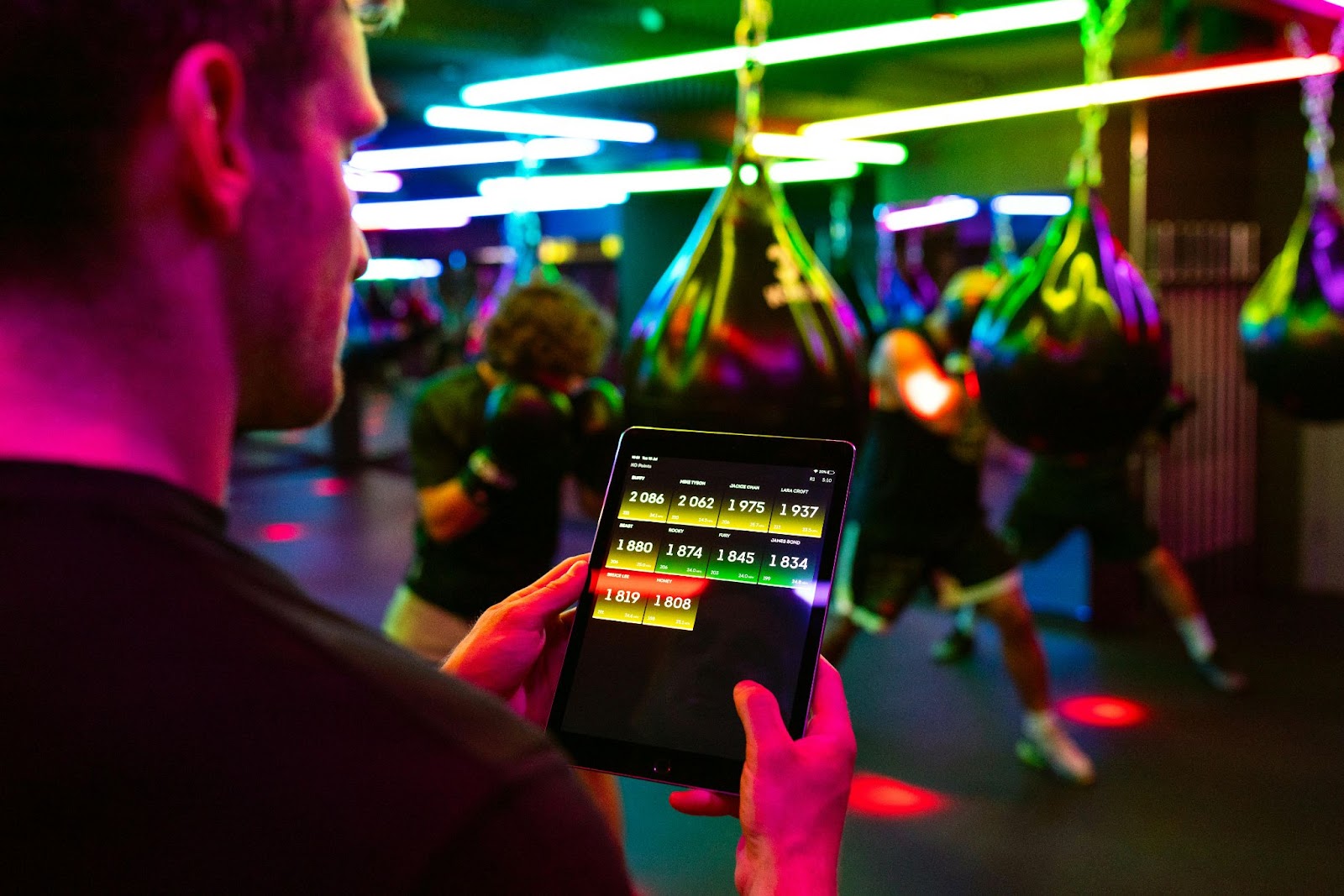 Enhancing Your Fitness App: A Guide to Adding Workouts & Boosting User Engagement
Enhancing Your Fitness App: A Guide to Adding Workouts & Boosting User Engagement
How to Add Workout to Fitness App
To enhance the fitness app, one should start by examining its current workout features. This involves assessing the existing range of workouts available to users. By analyzing the diversity and effectiveness of these workouts, developers can identify strengths and areas for improvement. Understanding the app’s current capabilities is crucial for making informed decisions on adding new workout routines.
How to Add Workout to Fitness App, developers should explore the option of custom workouts and flexibility. Providing users with the ability to personalize their workout routines based on their preferences, fitness goals, and skill levels can significantly enhance the user experience. By offering flexibility in workout selection, duration, and intensity, the app can cater to a wider audience and adapt to individual user needs effectively.
 Selecting the Right Workouts for Your Goals
Selecting the Right Workouts for Your Goals
How to Add Workout to Fitness App, developers must consider the diverse fitness levels of their users. By providing a range of exercises suitable for beginners, intermediate, and advanced users, developers can ensure inclusivity and engagement across all levels of fitness. Customizing workouts based on the user’s current fitness level not only keeps the routines challenging but also helps in preventing injury and promoting steady progress over time.
Incorporating a variety of workout types is essential to keep users motivated and engaged. Fitness apps should offer a mix of exercises such as strength training, cardio, flexibility training, and high-intensity interval training (HIIT) to cater to different preferences and fitness goals. By diversifying workout types, developers can appeal to a broader audience, encouraging users to try new routines and discover what works best for them. This approach not only adds excitement to the workout experience but also ensures comprehensive fitness coverage for users with varying interests and objectives.
 Step-by-Step Guide to Adding Workouts
Step-by-Step Guide to Adding Workouts
When How to Add Workout to Fitness App, users can easily navigate the interface by following these simple steps. Firstly, they should locate the “Add Workout” button on the home screen or main menu of the app. Next, they need to click on the button to access the workout creation page. Once on the creation page, users can choose the type of workout they want to add, such as strength training, cardio, yoga, or HIIT, by selecting from the provided options. After selecting the workout type, users can move on to inputting specific details and customizing the workout according to their preferences.
To input workout details effectively, users should follow a structured approach within the fitness app. Users can start by entering basic information such as the workout title, duration, and description. Including relevant tags or categories can help categorize the workout for easy access later. Additionally, users can input specific exercises or routines within the workout, including the number of sets, reps, or duration for each exercise. Providing clear instructions or video demonstrations can enhance the user experience and ensure proper execution of exercises. Once all details are inputted, users can save the workout for future reference or share it with the app’s community for added engagement.
 Monitoring and Tracking Progress
Monitoring and Tracking Progress
Creating workout logs within a fitness app is crucial for users to monitor progress effectively. By logging each exercise session, users can track their activity levels, set goals, and analyze their performance over time. These logs provide valuable insights into workout consistency, intensity, and duration, helping users make informed decisions about their fitness journey. Additionally, setting up personalized workout logs allows users to stay organized, motivated, and focused on achieving their fitness objectives.
Syncing fitness apps with wearable devices enhances the tracking and monitoring capabilities for users. By connecting devices like smartwatches or fitness trackers to the app, users can capture real-time data on their workouts, heart rate, calories burned, and sleep patterns. This integration offers a seamless experience for users, allowing them to access comprehensive insights into their overall health and fitness progress.